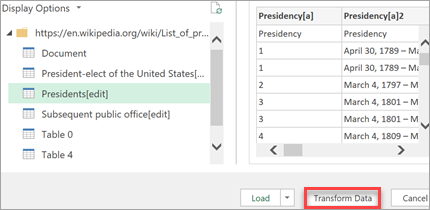
Most users do not have a problem with entering the correct information here. The second prompt, the DOMAIN\username credential prompt, is authenticating to the RMS server. Then they changed my UPN to Now my UPN is the same as my email address. The administrators of Contoso added a UPN suffix of to active directory. The prompt wanted my UPN, the not so This works. My UPN My email address If I had in that first prompt it would fail. The UPN is in an email format - However the UPN may not be the same as the user email address.īy default the UPN is the fully qualified domain name of the domain where the user account resides. It looks like ""fully qualified network user name and password" is Mac-speak for user principal name (UPN). What is this prompt looking for? Folks enter email addresses (sometimes this works) and others try the DOMAIN\User format but thatįails. The "fully qualified network user name and password" prompt is the problematic one, in my limited exposure to these calls. Thus we allow RMS to know the credentials the user wishes to use and the client may discover the RMS server.

We are locating the user in AD so we may locate the RMS server (from AD). The first prompt appears to have two purposes.
#Office for mac wikipedia mac os
(Note the "Save password in my Mac OS keychain" check box). These credentials are in the "DOMAIN\username" format. The second prompt is asking for credentials for the RMS URL being accessed. The first prompt asks for your "fully qualified network user name and password." The suggested format is " This appear to be asking for the user UPN (more In the sample screen shots below Microsoft Word from Office 2011 for Mac was used. Hence the differences in behavior between the two client types.īack to the two prompts.
#Office for mac wikipedia windows
You can't prevent all the prompts, but after an inital few they may be suppressed.Īs an aside, it is my opinion that even though a Mac client may be "joined" to a Microsoft Active Directory domain, it is not the same as a Windows native client joined to the domain. Is there a way to suppress all these prompts on an Office 2011 for Mac client? The answer is sort of. When a properly configured* Windows client first interacts with a properly configured** AD RMS server no prompts are received. What these prompts are asking for an why serve two purposes.

~/Library/Containers/-XPCService/Data/Library/Logs/MSProtection/Microsoft Rights Management Services/MSProtection_LOG.txt.~/Library/Containers/-XPCService/Data/Library/Logs/-XPCService/Microsoft Rights Management Services/RMSService_LOG.txt.Previous default Office 2016 for Mac log locations ~/Library/Containers//Data/Library/Logs/MSProtection/.~/Library/Containers/-XPCService/Data/Library/Logs/MSProtection/Microsoft Rights Management Services/.Legacy default Office 2016 for Mac log locations ~/Library/Group Containers/UBF8T346G9.Office/mip_policy/mip/logs/3.~/Library/Group Containers/UBF8T346G9.Office/mip_policy/mip/logs/mip_sdk.miplog.Versions of Office for Mac written with the MIP SDK (versions 16.21.0 - 16.40) have a new log file that should be reviewed. Policy: "~/Library/Containers//Data/Library/Application\ Support/Microsoft/Office/CLP/".MIP logs: ~/Library/Containers/com.microsoft./Data/Library/Logs/MSRightsManagement/MSProtection_log.txt.ULS logs: ~/Library/Containers/com.microsoft./Data/Library/Logs.These locations start around build 16.41. When troubleshooting RMS issues on an Office for Mac client there are someĭefault logs generated automatically. Office 65 for Mac supports IRM functionality with both AD RMS (on premises) and Azure Information Protection (AIP) (formerly known as Azure RMS).


 0 kommentar(er)
0 kommentar(er)
